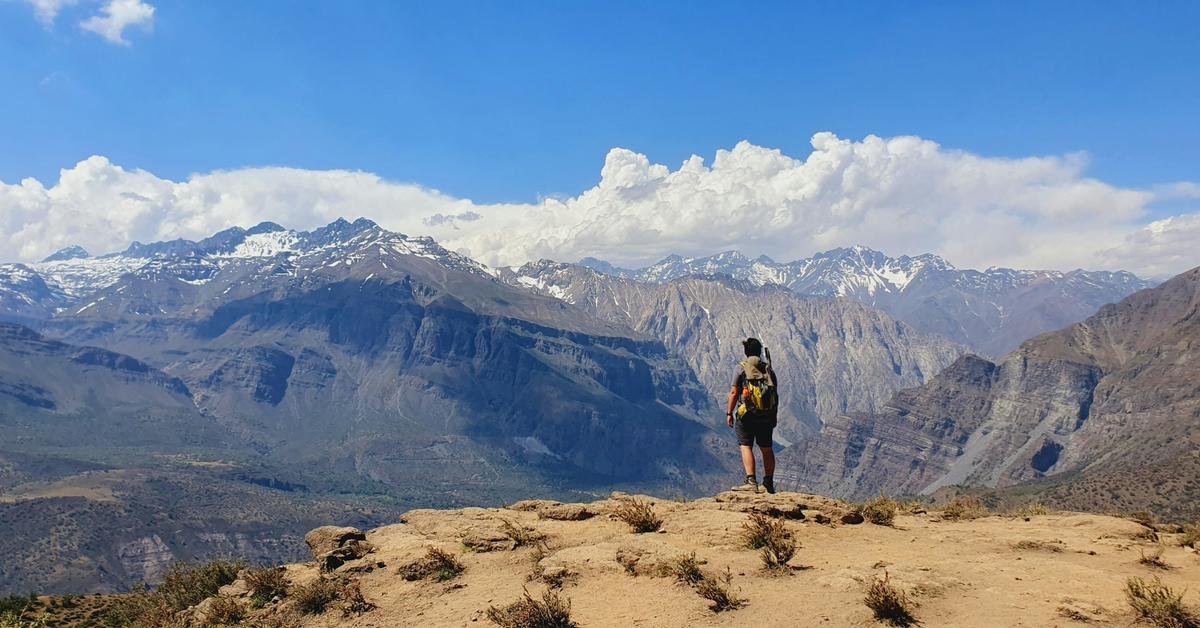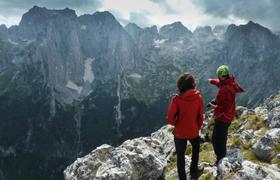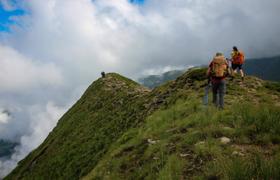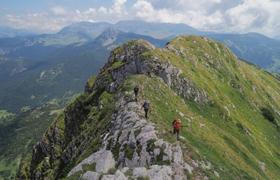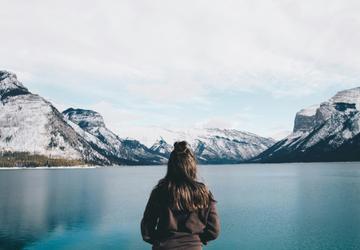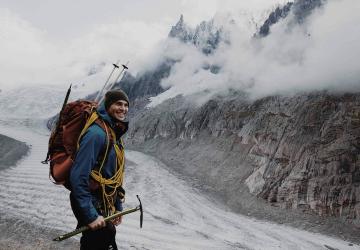How to Prepare for Hiking at High Altitudes: Your Complete Guide
Below, you’ll find our tips on how to prepare for altitude hiking.
Physical Preparation for High Elevation
Physical preparation is key to a successful trek. Here’s how to train for high-altitude hiking.
- Cardiovascular Training
To hike at high elevation, you need a strong heart, circulatory system, and lungs. Cardiovascular training helps strengthen each of these.
Tons of different workouts include cardiovascular training: cycling, running, jumping rope, swimming, stair climbing, etc. Aerobic fitness exercises will also improve your cardiovascular and respiratory function, along with your endurance. Begin with short training and then slowly increase the duration.
Cardiovascular training can help reduce the risk of altitude sickness by improving your physical resilience.
- Strength Training
It takes a lot of strength to climb a mountain—you have to carry yourself and all your supplies while you ascend. Strength training increases muscle mass, making it easier for you to get to the summit. Not to mention, it also increases stability on rough terrain and endurance.
Focus on lower- and upper-body strength, core stability, endurance, and muscle stamina. Create a workout schedule that rotates through the different areas so that you don’t forget any. Some exercises that build strength are lunges, squats, planks, push-ups, pull-ups, deadlifts, and shoulder presses.
- Endurance Training
In order to successfully complete a high-altitude hike, you need to be able to hike for several hours or longer with a heavy pack. While breaks are always an option, building endurance is essential to successfully completing the hike.
To build up your endurance it’s a good idea to go on shorter practice hikes slowly building up the length and intensity. Running, bodyweight exercises, and high-intensity interval training, when tailored to your fitness level, can also help boost endurance.
Whatever exercises you choose, start with lower intensity to allow your body to adapt, and then gradually increase the workload over time.

Acclimatization Tips
Our bodies are not used to quickly ascending to a high altitude, and if you aren’t careful, you could get altitude sickness. Altitude sickness—or mountain sickness—happens when your body doesn’t properly adapt to lower oxygen.
Common symptoms include fatigue, headache, nausea, vomiting, and shortness of breath. Severe cases can lead to symptoms like respiratory distress or insufficient urine production.
To prevent altitude sickness, there are a few things you can do to help your body acclimatize.
If you’re traveling to a different place for your hike, especially a place with a big difference in elevation from where you live, you may want to get there a couple of days early to allow your body time to adapt to the new elevation.
While hiking, ensure you aren’t ascending too fast and take plenty of breaks. Experts recommend climbing no more than 984-1,640 feet (300-500 meters) per day when staying overnight.
If your trek will take you several days, plan on taking a rest day every third day, and if you’re above 14,000 feet (4,267 meters), experts recommend a two-day rest per 1,000 feet (300 meters). If possible, ascend during the day and return to a lower altitude to sleep.
Staying hydrated is crucial at high altitudes due to low humidity and oxygen levels, but be careful not to overhydrate, as it can dilute essential electrolytes. Watch your diet both while you train and during your hike to ensure your body is getting the proper nutrition.
Medications like acetazolamide may help prevent and treat altitude sickness, but consult a healthcare provider before using them.
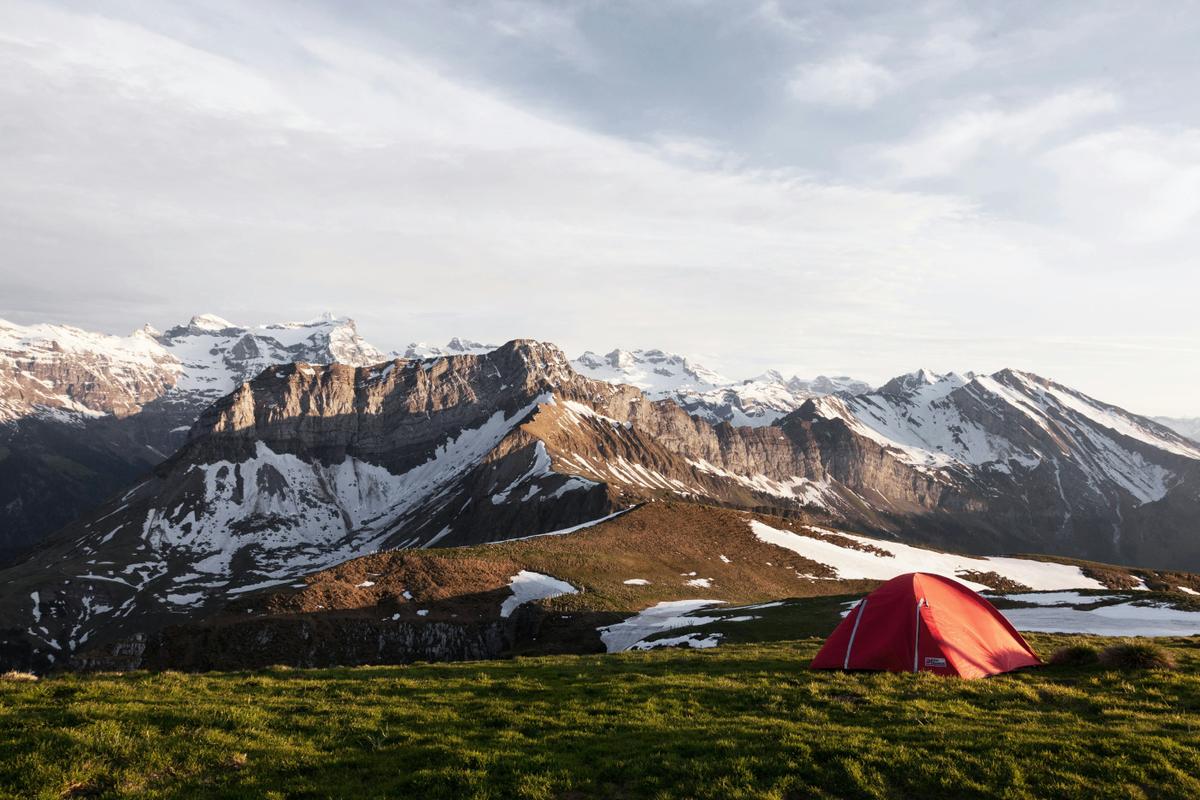
Gear for High-Elevation Hiking
One of the most important aspects of high-elevation hiking preparation is equipment.
You’ll need to bring the proper clothing, including layers to help you adjust to different temperatures. Research the hike, including typical weather patterns, seasonal conditions, and potential weather anomalies in the area, and prepare accordingly. Check the weather forecast again a few days beforehand, but be prepared for sudden changes in conditions. Weather changes rapidly at high elevations. Wool is a great material for socks and clothing that dries quickly and regulates your body temperature.
As far as what else to pack, you’ll want to bring the following:
- Good hiking boots
- Trekking poles
- Hydration packs or another easy way to carry water
- Food
- Sun hat or warm beanie (depending on conditions)
- Sunglasses
- Sunscreen
- First-aid kit
- Headlamp or flashlight
- Waterproof backpack cover
- GPS communicator
- Map
- Compass
- Emergency blanket
For multi-day hikes and backpacking trips, you can also bring a small tent, a sleeping bag, and a bed roll.
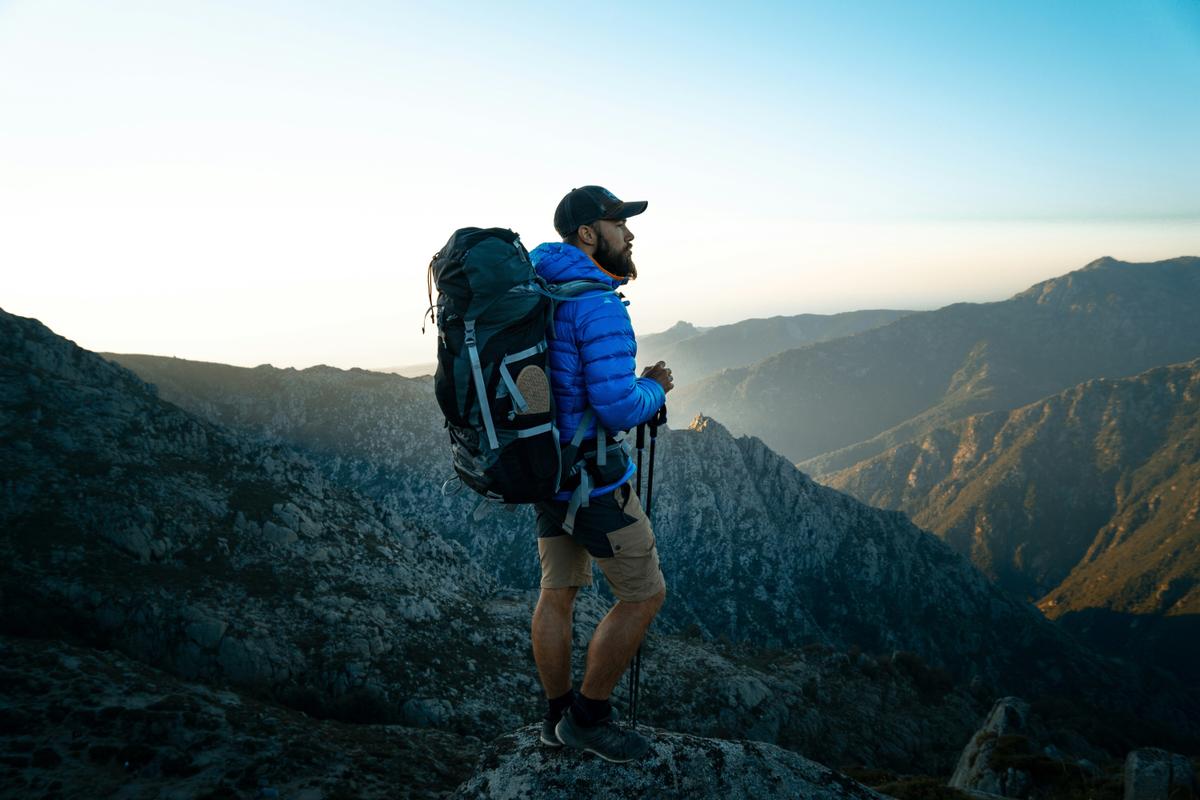
Mental Preparation and Safety
Mental preparation is just as important as physical training when planning a big trek. You need to go into a big trek like this with the right mindset. Envision your success and set realistic goals to keep your motivation high.
Researching the trail and potential hazards beforehand will help you set realistic expectations for the trip. If you can, find someone you trust to go with you. Be each other’s support as you hike. If going alone, tell someone else your plan and stay aware of your surroundings.
Educate yourself on how to handle potential challenges such as sudden storms, landslides, floods, injuries, altitude sickness, hypothermia, or wildlife encounters.
Breathing exercises are a great way to remain calm in a stressful situation; they’ll also help you get more oxygen in a low-oxygen environment. Practice a few like diaphragmatic breathing or box breathing before you go so you can call them to mind while hiking.
Conclusion
We hope these tips help you successfully prepare for your high-altitude trek. Remember, the more prepared you are going into a hike, the more you’ll be able to enjoy the journey with peace of mind.
Your preparation may take weeks, but when you get to the top of that mountain—or whatever destination you want to reach—it will be worth it. Wishing you a safe and unforgettable trek!

